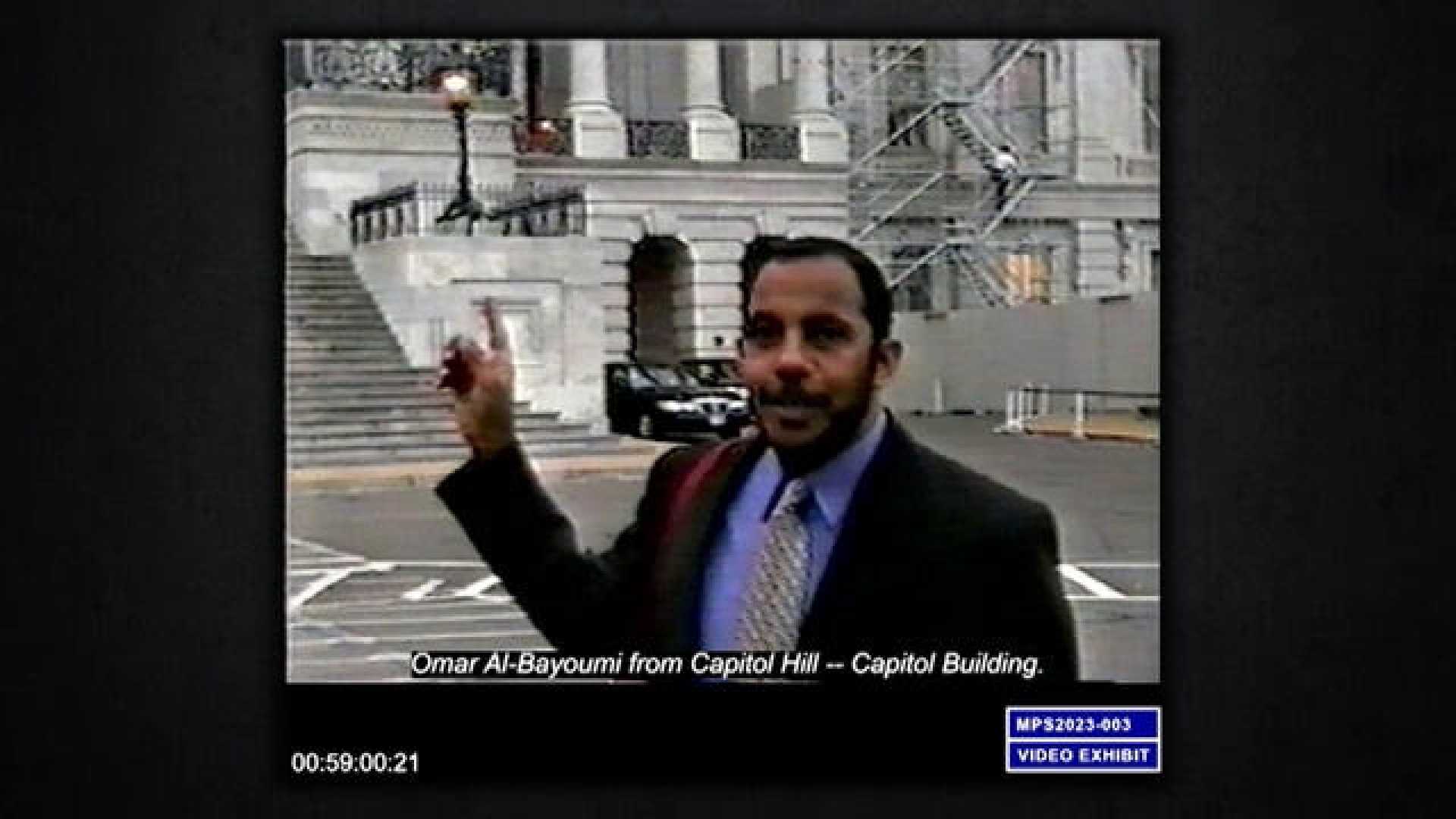News
New Evidence Links Al-Bayoumi to 9/11 Hijackers, Raises Serious Questions

WASHINGOTN, D.C. — New evidence has emerged suggesting that Omar al-Bayoumi, previously deemed an unlikely suspect in the 9/11 attacks, may have played a significant role in assisting the hijackers. This information, unveiled through a recent lawsuit by 9/11 families against Saudi Arabia, contradicts the findings of the 2004 9/11 Commission.
Gina Bennett, a former CIA counterterrorism analyst, stated that evidence retrieved from al-Bayoumi’s apartment in 2001 reveals him as an al-Qaeda facilitator. ‘Without the support he provided to the two hijackers, they likely would have been caught,’ she said. Al-Bayoumi was living in the U.S. on a student visa paid for by a Saudi aviation company. He reportedly never attended classes and was not present at work.
According to the FBI, al-Bayoumi had connections to the hijackers Nawaf al-Hazmi and Khalid al-Mihdhar. He recorded video footage of the U.S. Capitol in the summer of 1999, including security posts and landmarks surrounding it. In the video, he remarks in Arabic, ‘I will get over there’ while gesturing toward important sites in Washington.
Retired FBI supervisor Richard Lambert, who led the initial investigation in San Diego, expressed concern over the detail observed in the footage. ‘Knowing where the Washington Monument is in relation to the Capitol is critical for anyone planning an attack,’ he said.
This video surfaced during a recent unsealing of evidence in the 9/11 families’ lawsuit, which is directed at Saudi Arabia. The footage reportedly aligns with critical planning timelines for the Capitol’s selection as a target by al-Qaeda. Meanwhile, the Saudi government maintains that al-Bayoumi was merely a tourist.
Furthermore, evidence such as a sketch and a mathematical equation found in al-Bayoumi’s apartment has been analyzed by aviation experts, revealing it could be used to calculate the trajectory for an airplane. Al-Bayoumi acknowledged the sketch during a deposition for the lawsuit, though he claimed to remember little about it.
Bennett and others stress that the information about al-Bayoumi, including the Capitol video, should have been shared with higher authorities in the U.S. government shortly after it was discovered. ‘This evidence should have gone to the White House,’ she said, voicing frustration over how crucial details were overlooked.
The saga prompts further inquiries into who else may have been involved in the attacks and whether additional evidence remains undiscovered. ‘To learn how not to get it wrong again should be the focus now,’ Bennett concluded.
As proceedings continue, the courtroom awaits a ruling on Saudi Arabia’s motion to dismiss the lawsuit, asserting that neither they nor al-Bayoumi were involved in the attacks. FBI representatives declined to comment on the ongoing litigation.












